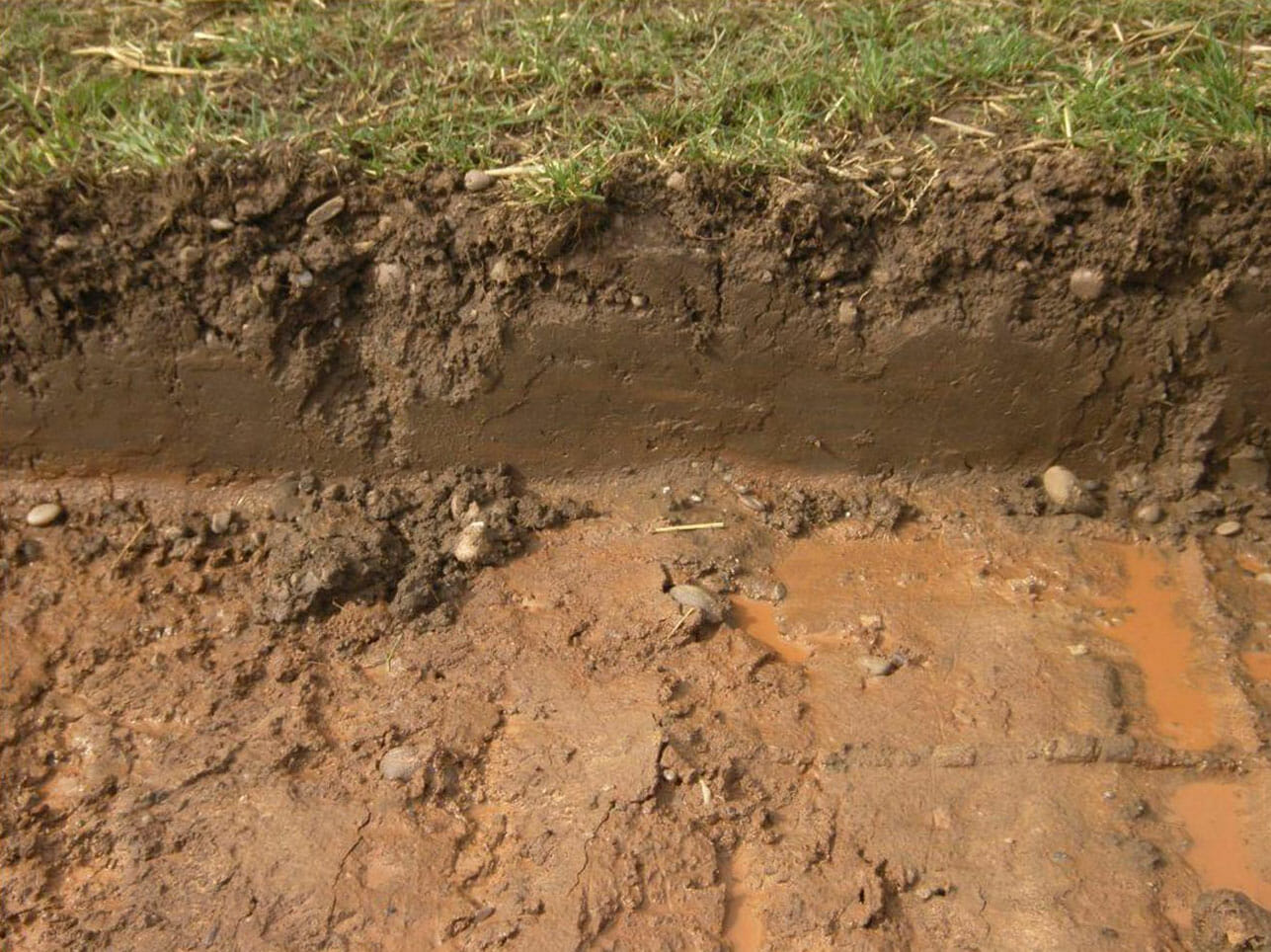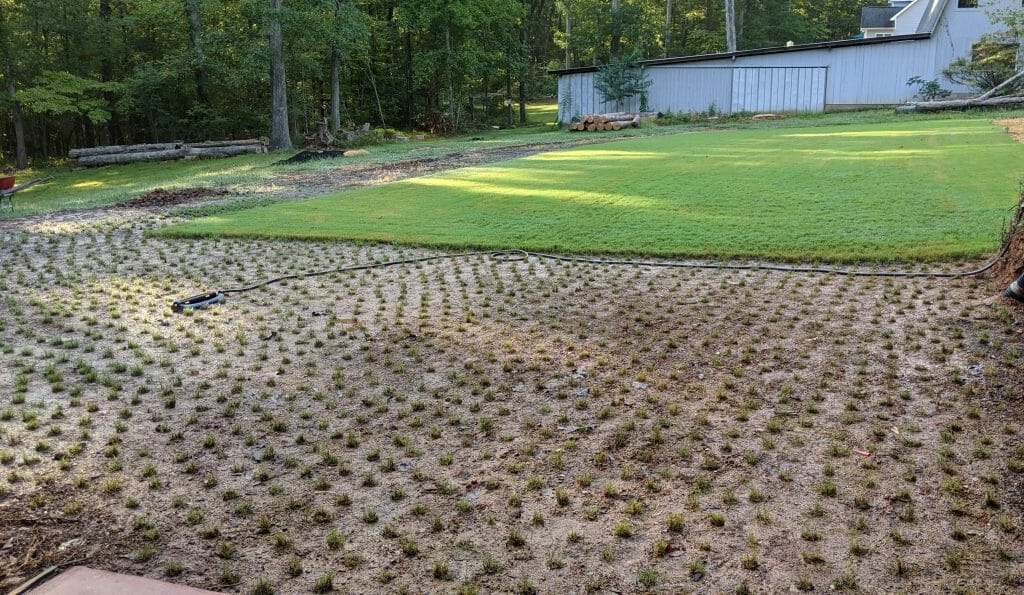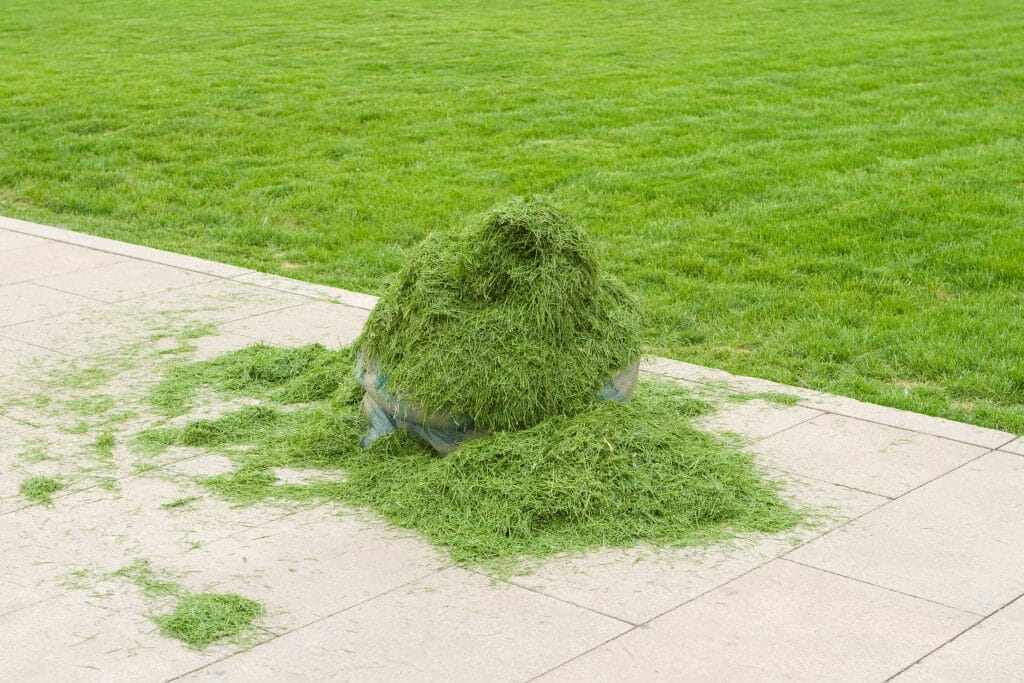
If you are looking for a natural way to improve the quality of your clay soil, you may have heard that adding wood ash can be beneficial.
Is wood ash good for soil? Yes, wood ash is excellent for clay soil if used in moderation. Wood ash is rich in potassium, phosphate, micro-nutrients, and, most importantly, calcium. Wood ash is brilliant at rapidly increasing soil alkalinity.
I’ll go over everything I think you should understand when it comes to adding wood ash to clay soil and answer the question: is wood ash good for clay soil?
Is Wood Ash Good for Clay Soil?
Yes! Adding wood ash to clay soil is an excellent way to improve the quality of your soil, and my favorite technique!
The great thing about wood ash is that it’s naturally high in potassium, calcium, and a few other trace minerals that can help break up clay soils, making them more workable. The alkaline nature of wood ash also helps neutralize acidity in the ground, making it better for growing plants.
Wood ash is also a great source of phosphorus, which is vital for promoting healthy root growth and aiding in the absorption of other nutrients.
Also, wood ash contains loads of micronutrients that your plants need to stay healthy and strong.
Lastly, adding wood ash can help reduce soil compaction and provide additional drainage, allowing oxygen to reach plant roots. It’s all well and good putting the right things down on your lawn, if they can’t seep into the ground and get to the roots, nothing much will happen!

Does Ash Wood Impact a Soils pH
Yes, wood ash is alkaline in nature and can raise soil pH quite quickly!
This is especially important when gardening on clay soils as they tend to be more acidic.
Acidic based soils with a pH level of less than 5.5 will be greatly improved by adding wood ash, if your soil is slightly acidic, in the 6.0 to 6.5 pH range, I’d recommend using a little less wood ash, but it will improve the soil.
Raising the pH level in soil makes it a lot easier for plants to absorb all the good nutrients they need to grow.
However, when adding wood ash to your soil, keeping the pH levels in balance is essential, as too much ash can damage your plants. As with anything in life, everything is in moderation!
How Much Wood Ash Should You Apply?
It’s difficult to recommend how much wood ash you should apply as every lawn differs, and soil composition varies from yard to yard.
Generally, I’ve been applying 20 lbs per 100 square foot of my lawn annually. I’m dealing with a mainly clay soil base with a pH level of 4.5.
I’d recommend you get a soil testing kit to understand your lawn’s pH level; based on that information, you can put down a little more or a little less – trial and error is your friend here; just don’t put too much down too soon!
Here’s a great video on how to apply wood ash on your soil.
How to Spread Wood Ash on Your Lawn
Once you’ve calculated how much wood ash is needed for your lawn, it’s time to start spreading it.
I like to use a fertilizer spreader that is designed for applying garden products evenly across an area and is also great for adding mulch or compost too!
If you don’t have a fertilizer spreader handy, you can also use a shovel to spread the ash around your lawn. It is important to be sure that the wood ash is evenly distributed and not clumped together in one area, as this could lead to soil burning or nutrient imbalances.
This isn’t essential but is an advantage, if you have the time and equipment, working the ash into the top couple of inches of your soil will accelerate the process.
Wood Ash Advantages
Below is a list of all the advantages of using wood ash on your clay soil:
- The main benefit of wood ash, as I’ve gone over, is increasing the pH of the soil to an alkaline heavier balance. Encouraging a healthier level of growth and making your clay soil workable.
- Wood ash is packed full of good nutrients, potassium, phosphate, iron, manganese, boron, copper, zinc, and mainly calcium
- If you create a lot of wood ash in your yard, this is an excellent, organic way to use it.
- It’s a natural pest repellent, due to its salty composition, wood ash will remove slugs and snails from your yard.
- It’s also great for protecting your plants from pests!
Wood Ash Disadvantages
Below is a list of all the disadvantages of using wood ash on your clay soil:
- With wood ash being full of good nutrients, a selection of them metal based, there is the potential your wood ash contains heavy metals like chromium, cadmium, and lead, these aren’t ideal for your lawn and they won’t be easily used.
- Using it in moderation is essential as you don’t want to create an imbalance. Wood ash from a fireplace, for example, can have a pH level of over 10, which is too high to use on your lawn.
- Wood ash that’s been exposed to the elements for too long, specifically a lot of rain, will have had a lot of its nutrients washed away, losing its potency.
- Wood ash doesn’t contain any nitrogen, if you need to add nitrogen to your soil, we’ve covered it here.
Where to Get Wood Ash
If you haven’t created wood ash in your yard and are looking for a source, there is usually plenty of wood ash available at garden centers.
If that’s not an option, you can check with local fireplace stores as they may have excess wood ash too; make sure to ask what type of wood was burned first – you only want wood that’s been untreated and unpainted.
Frequently Asked Questions:
What will break up clay soil?
The best way to break up clay soil is by adding organic matter, such as compost or manure. You can also use tillage tools, such as a rototiller, to break up the soil. Adding wood ash can also be beneficial for breaking up clay soils because it is high in potassium and calcium, which helps flocculate the clay particles, making the soil looser and easier to work with.
What plants benefit most from wood ash?
Wood ash is a great source of calcium for plants, so it benefits many plants. Some of the plants that benefit most from wood ash are tomatoes, peppers, squash, melons, potatoes, eggplants, and some trees.
Can you put too much wood ash in your garden?
Yes, it is possible to put too much wood ash in your garden. Wood ash is high in nutrients and can cause an imbalance of nutrients, resulting in deficiencies or toxic levels if misapplied. It is recommended to apply up to one heaping shovelful per 10 square feet of garden area.
Conclusion
Overall, wood ash is amazing for clay soil when used with caution. Ideally, only use your own wood ash, so you know for sure the wood has not been tampered with any toxic paint or been treated.
Test the pH of your soil, and work it in sparingly based on that information. Remember, you can always add more, but it’s impossible to remove it!


